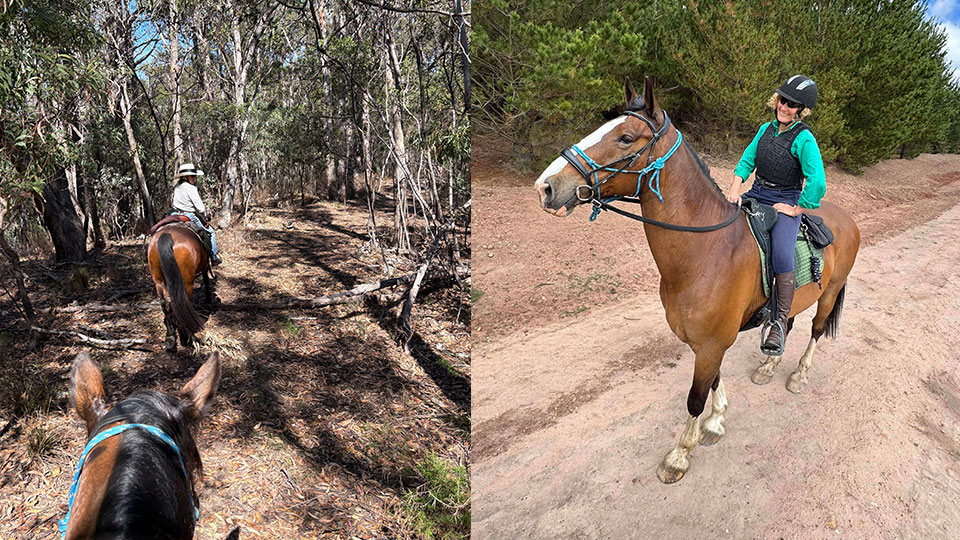
How well do you measure the impact of leadership training?
Most executives I work with WANT to track return on investment of leadership development initiatives, but very few actually do. What causes this disparity?
Measuring the impact of leadership development interventions can be tricky because there are so many factors that IMPACT culture. We are not conducting these activities in a vacuum, so it is almost impossible to isolate the impact of this specific investment on your organisation’s ability to deliver on your strategic imperatives.
So should we even try?
Yes of course! Investing in leadership development means forgoing investment in other areas, and we need confidence that the investment was worthwhile. Tracking impact also allows refinement and targeting of leadership development initiatives as we progress.
If you are in an organisation with sophisticated data gathering and analysis already in place providing a baseline measurement, brilliant!
Do you feel like there is little established in your organisation and you don’t know where to start? Don’t despair! There will be useful data that perhaps you had not considered to track leadership development impact over time.
Quantitative data you may already have includes:
- Staff Engagement Survey. Most organisations conduct some kind of regular survey measuring a broad range of indicators, some of which can be directly related to the quality of leadership, communication, collaboration and regard for senior management.
- Absenteeism. Are people taking more or less unplanned leave over time? Is this uniform across the organisation, or are there particular departments with higher numbers? What other explanations/hypotheses do you have for this?
- Staff turnover. Direct and indirect costs of churn include things like loss of expertise, reduced productivity, impact on customer relationships, recruitment costs, and time to skill up new hire. High staff turnover in itself may not be an issue – overly low staff turnover can also be a problem. What type of turnover do you have?
- Processing time. How long does it take to complete a particular process or fulfill a product? What are the trend lines on these processes?
- Audit and Risk Report. What story does your reporting to your Audit and Risk Committee tell? What trends are apparent over time? This board subcommittee can be a good supporter of leadership development when you are able to make an overt connection between stronger leadership and reduced risk.
- Project delivery. How are projects tracking against budget and time projections?
- Customer satisfaction survey and/or complaints. What is your market telling you over time about the quality of your products or services?
Start out simple
If you are starting on this journey of tracking investment in leadership, choose three-ish metrics that are already measured, and watch these. Twelve to twenty-four months is a good period to monitor.
Are the numbers collectively trending in a positive direction over time? Good – the sum of your initiatives is good. Keep going as you build a more sophisticated understanding of the greatest contributors.
Conversely if when considered as a total picture, the numbers are worsening, what you are doing to bring about positive change needs more thought.
Consider both organisational and divisional level trends. Perhaps numbers across the organisation are trending positively, and there is an issue on one division (or department) that can be considered separately.
Use what you have today
I recently had a conversation with an executive responsible for Corporate Services, who believed he could not use the Staff Engagement Survey data to track impact, as only 17% of staff contributed to the last Survey.
I disagreed. We have a key number to track – participation in the next Survey! Last time only 17% of people thought it was worth bothering to contribute (ie most people did not believe that organisational leadership would listen and take action).
What if you could increase that to 25% for the next one? Or 35%? That could indicate increasing confidence in leadership.
Over to you.
Planning a leadership development initiative? Look at the numbers you have, determine the trends, make a hypothesis, and track this over time. If you are already mid-program, it’s not too late to start measuring impact.
Go Fearlessly – Corrinne
STAY IN THE LOOP





